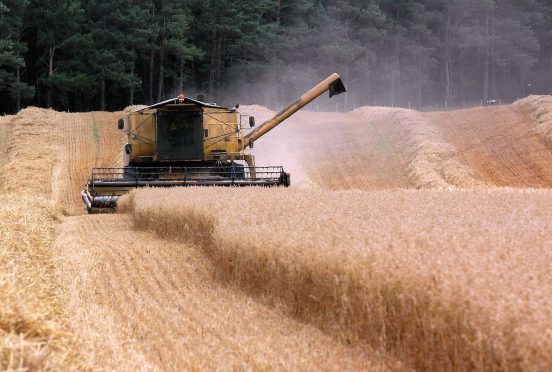Oats have the potential to become the next “super food” offering farmers who grow them a new premium market, claims a leading food scientist.
Professor Derek Stewart, who works at both the James Hutton Institute and Heriot-Watt University in Edinburgh, is currently involved in two projects involving oats.
The first project, known as Opti-Oat, is run at the James Hutton Institute in partnership with PepsiCo, which owns Quaker Oats; Aberystwyth University in Wales and the National Institute of Agricultural Botany.
The five-year project is aimed at developing an oat growth guide for farmers, similar to growth guides already in place for barley and wheat.
Meanwhile the other project, known as InnovOat, is led by Aberystwyth University in conjunction with the James Hutton Institute, National Institute of Agricultural Botany, the British Oat and Barley Milling Association research group, Senova and Morning Foods.
The project, which will also run for five years, aims to use modern breeding technologies to capture and enhance the proven health benefits of oats in new oat varieties.
“We are looking at the basic biochemistry in oats that makes them good,” said Prof Stewart.
“We are working on this with the oat breeders in Wales. The breeders are looking at the genome and we are doing the hard chemistry to see what happens as the plant grows.”
He said once genetic markers had been identified in oats for traits such as oil composition and vitamin composition, breeders could then search for them in the plant breeding process. “This should shift the breeding process from 10 years to five years,” added Prof Stewart.
He said the combination of the two projects had the potential to make the oats market enormous, predicting an explosion in the number of oat-based products over the next 10 years. “These two projects go hand in hand. The oat growth guide will be fantastic – as we continue to identify the potential we can see demand for oats going up.”
